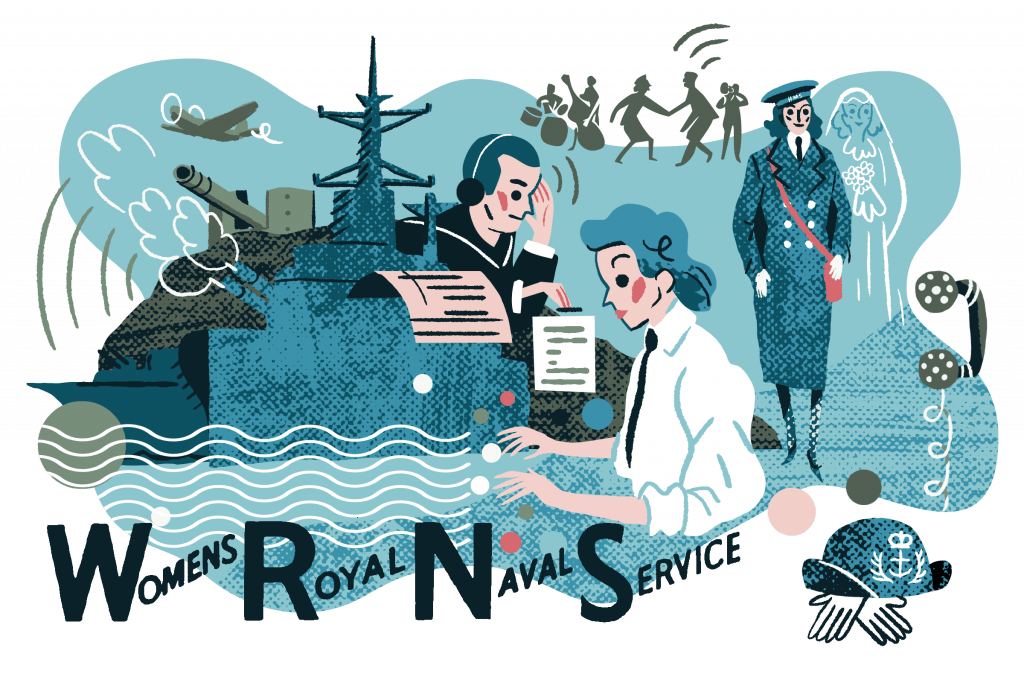For any young person in the early years of the war, the Royal Air Force was a glamorous career choice.
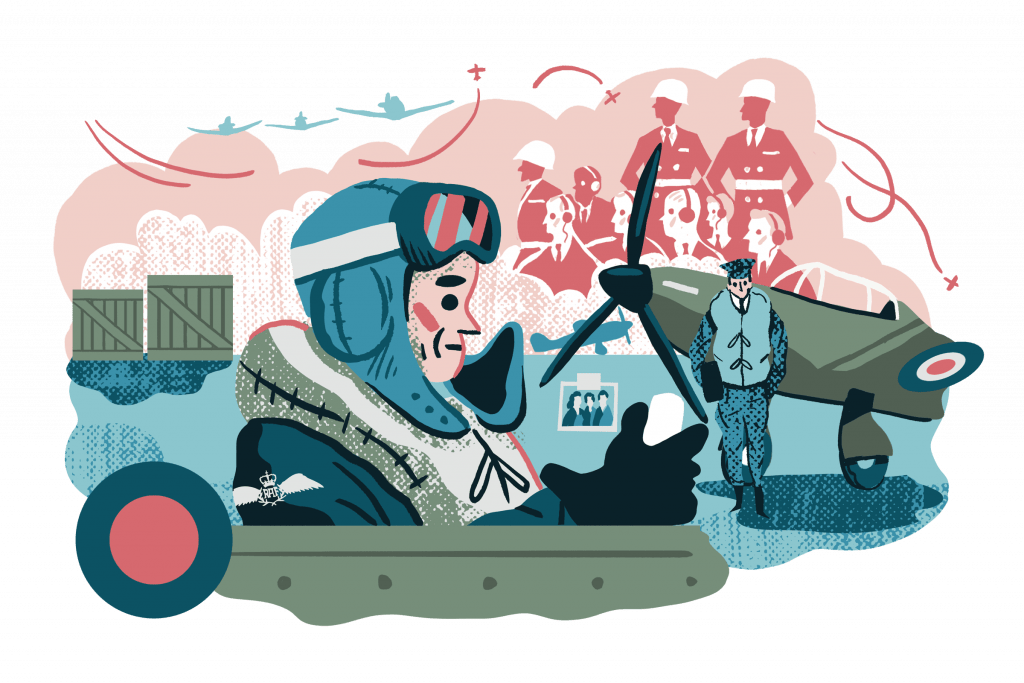
In spite of, or maybe because of, the particular dangers faced by aircrew.
In 1940 the RAF fought off the threat of German invasion by defeating the Luftwaffe in the Battle of Britain.
Hitler had to abandon his plan to invade via the English Channel as the RAF had won control of the skies. Their success came at enormous cost. Of the 2,945 airmen involved, 544 were killed.
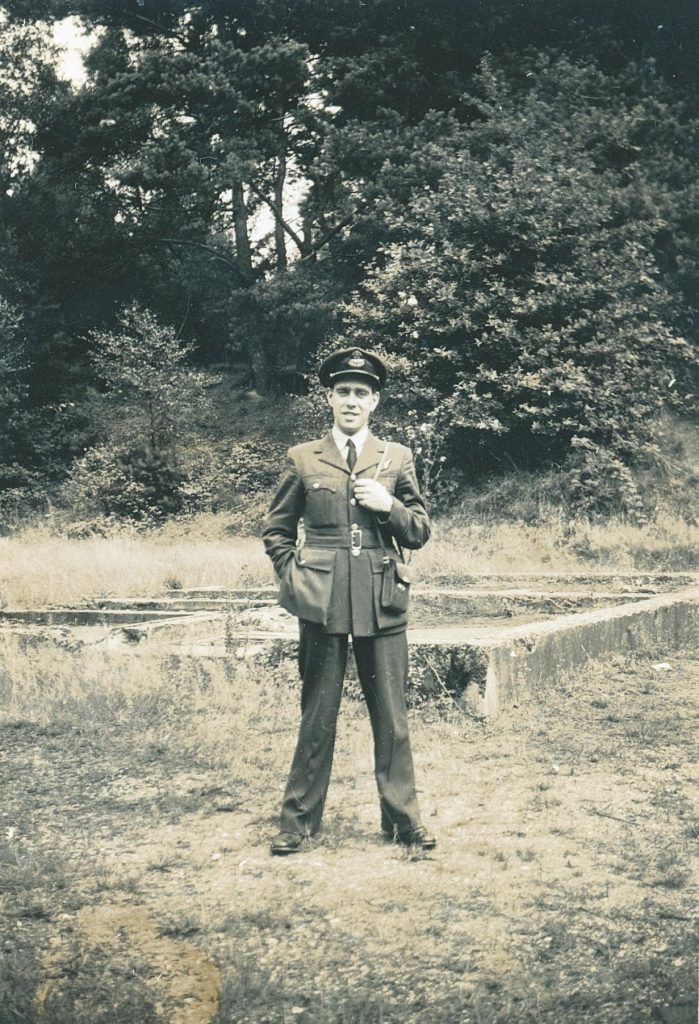
It was after this in June 1942 that Kenneth joined the RAF, and at 22 he was sent to train in Canada.
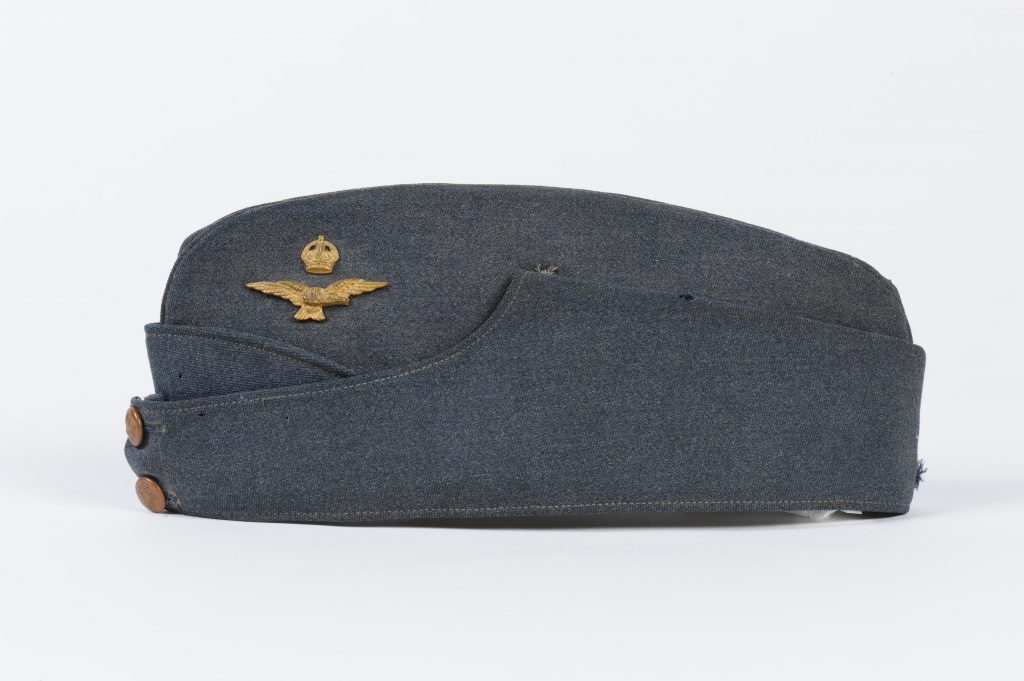
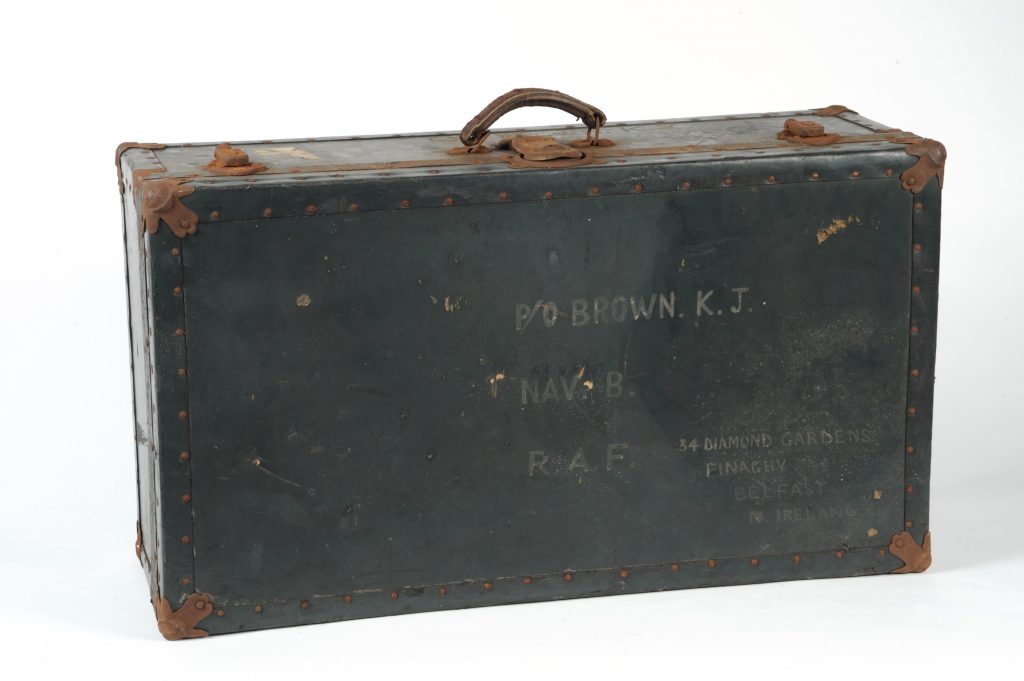
He joined an international force with pilots from German-occupied territories such as Poland and Belgium, from Commonwealth countries including New Zealand and South Africa, and from neutral countries like Ireland.
New technological development was important in giving the air force a fighting chance. Allies like the United States provided vital aircraft and equipment.
So too, in a smaller way, did the Belfast firm of Short and Harland with their Short Sunderland and Short Stirling planes playing a key role in the war.
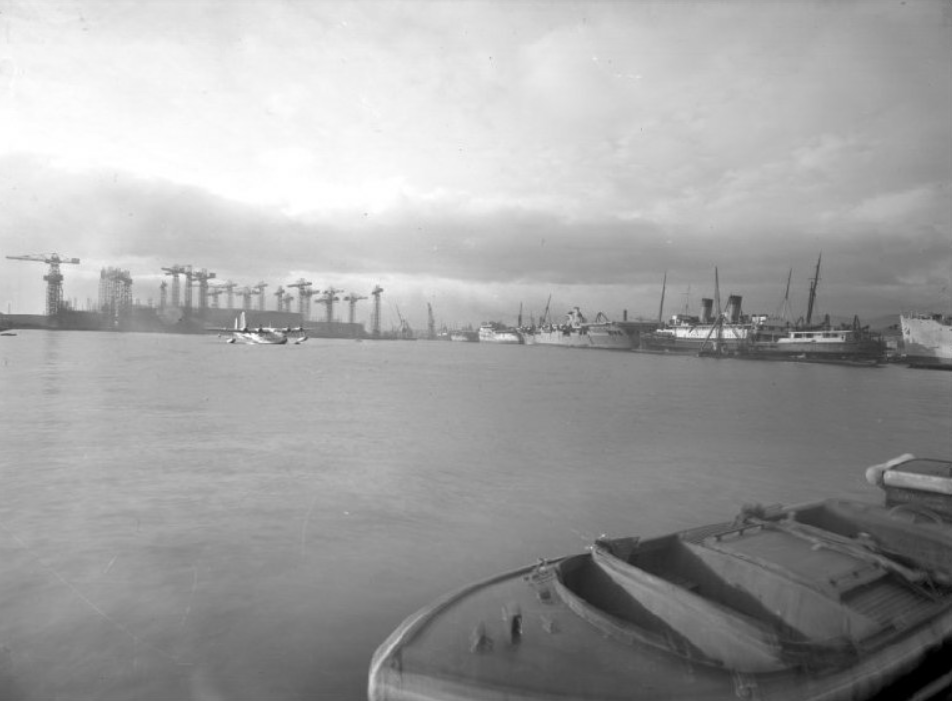
A Short Sunderland plane landing in the Musgrave Channel, Harland and Wolff Photography Collection
Short Sunderlands, based at Castle Archdale on Lough Erne, were flying boats that patrolled the Atlantic and helped protect vital supply ships from U boat attack.
Today the Ulster Aviation Society, with many former Shorts employees, restores such aircraft. They are currently working on this Hercules engine, of a type first used in Short Stirling planes in the Second World War, for the Ulster Transport Museum at Cultra.
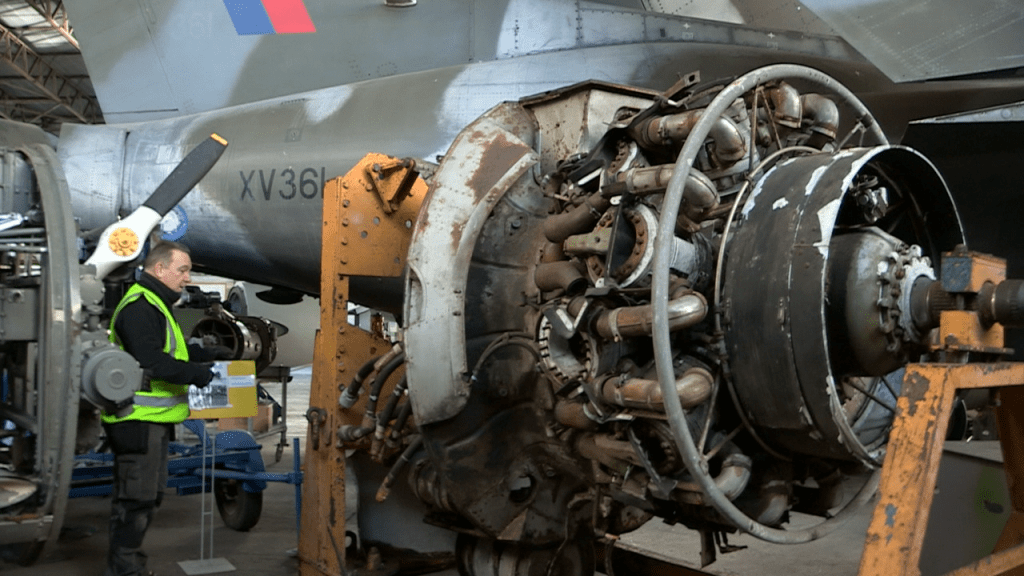
Northern Ireland provided bases for military aircrew and more than twenty airfields, most of these being purpose built. Some are still in use today. RAF Eglinton is now the City of Derry Airport.
Kenneth spent two years in Canada and by early ’45 he was back in Europe where the Allies were gaining ground.
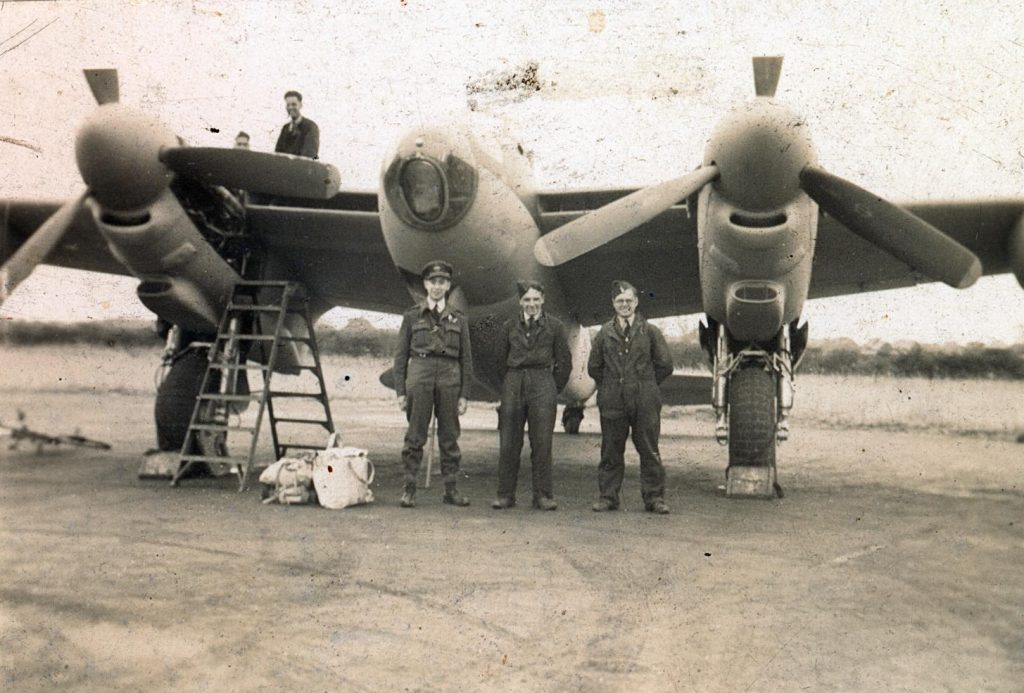
He was trained as both a pilot and navigator, but we do not know exactly where he flew. He kept a map of Cologne, so he may have taken part in some of the 262 raids on the German city.
Both the Allied and Axis air forces targeted infrastructure such as airfields and munitions factories, but they also adopted ‘carpet bombing’, hitting civilian targets in an attempt to destroy morale.
After Victory in Europe Day, Kenneth’s role in the RAF changed. He was involved in returning artworks and objects that had been looted from museums and individuals across Europe.
Teddy Dixon, a Northern Irish man who served in the US Army, recalls recovering stolen art from a salt mine
Kenneth also flew evidence to the Nuremberg Trials. The first trials, which saw high-ranking Nazis such as Hermann Goring and Rudolf Hess answer for ‘crimes against humanity’, took place between November 1945 and October 1946.
Kenneth’s press pass allowed him to attend the trial of a doctor accused of conducting experiments on concentration camp prisoners.
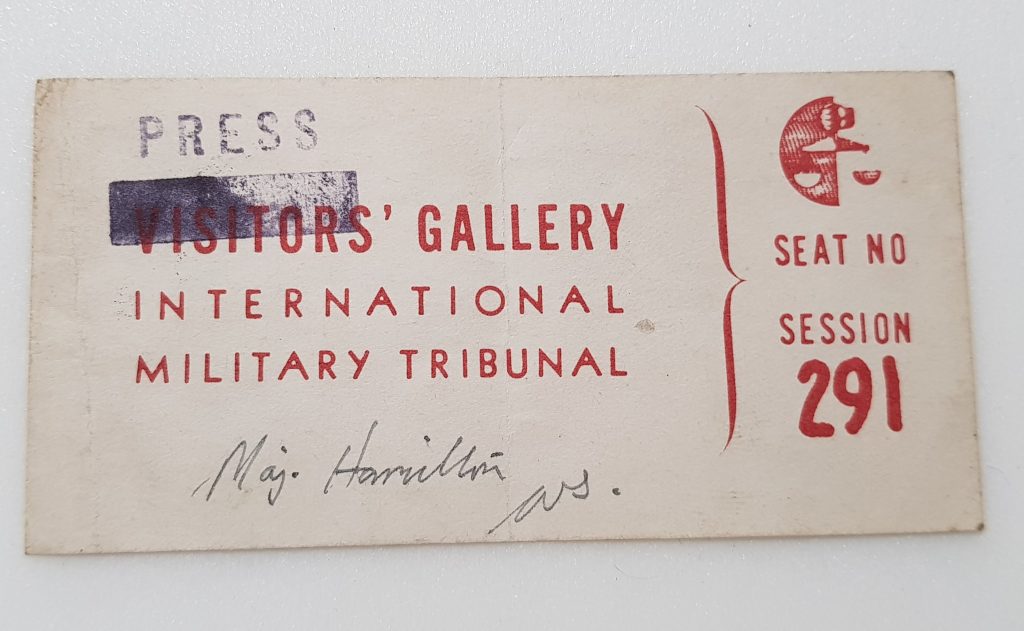
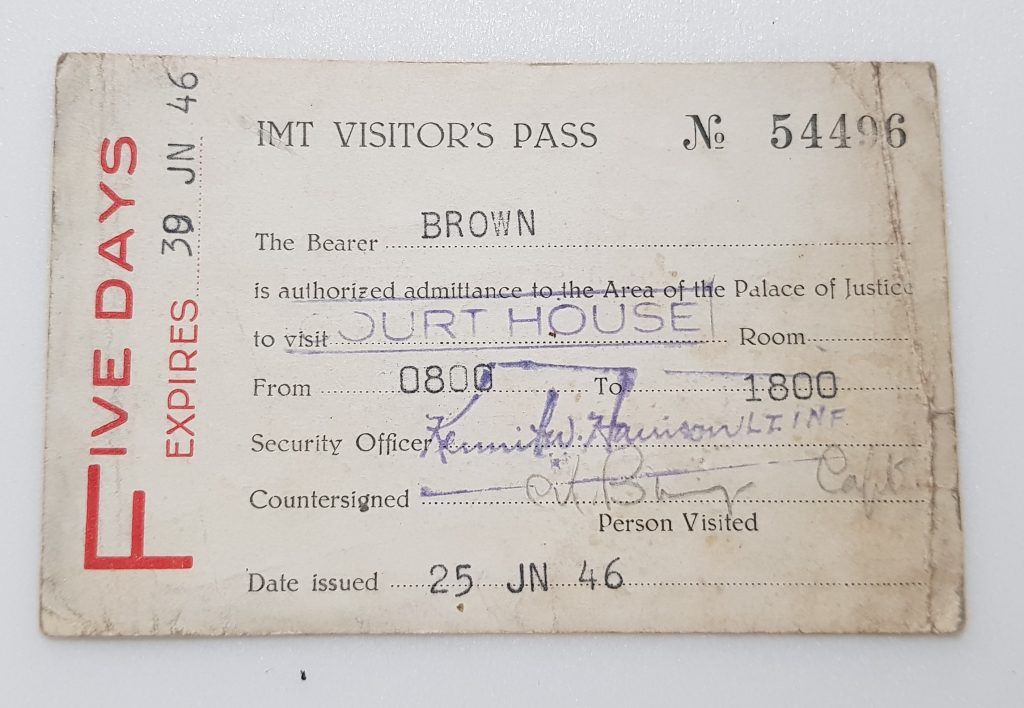
Find out more about flight and the Second World War at the Ulster Aviation Society airfield.
https://www.ulsteraviationsociety.org/
Gate 3
Maze Long Kesh
94b Halftown Road
Lisburn
Digital content produced for this project is licensed under a Creative Commons Attribution-NonCommercial 4.0 International License. Please note: Third-party materials referenced on this website are not subject to this license and retain their original copyright and licensing terms.
